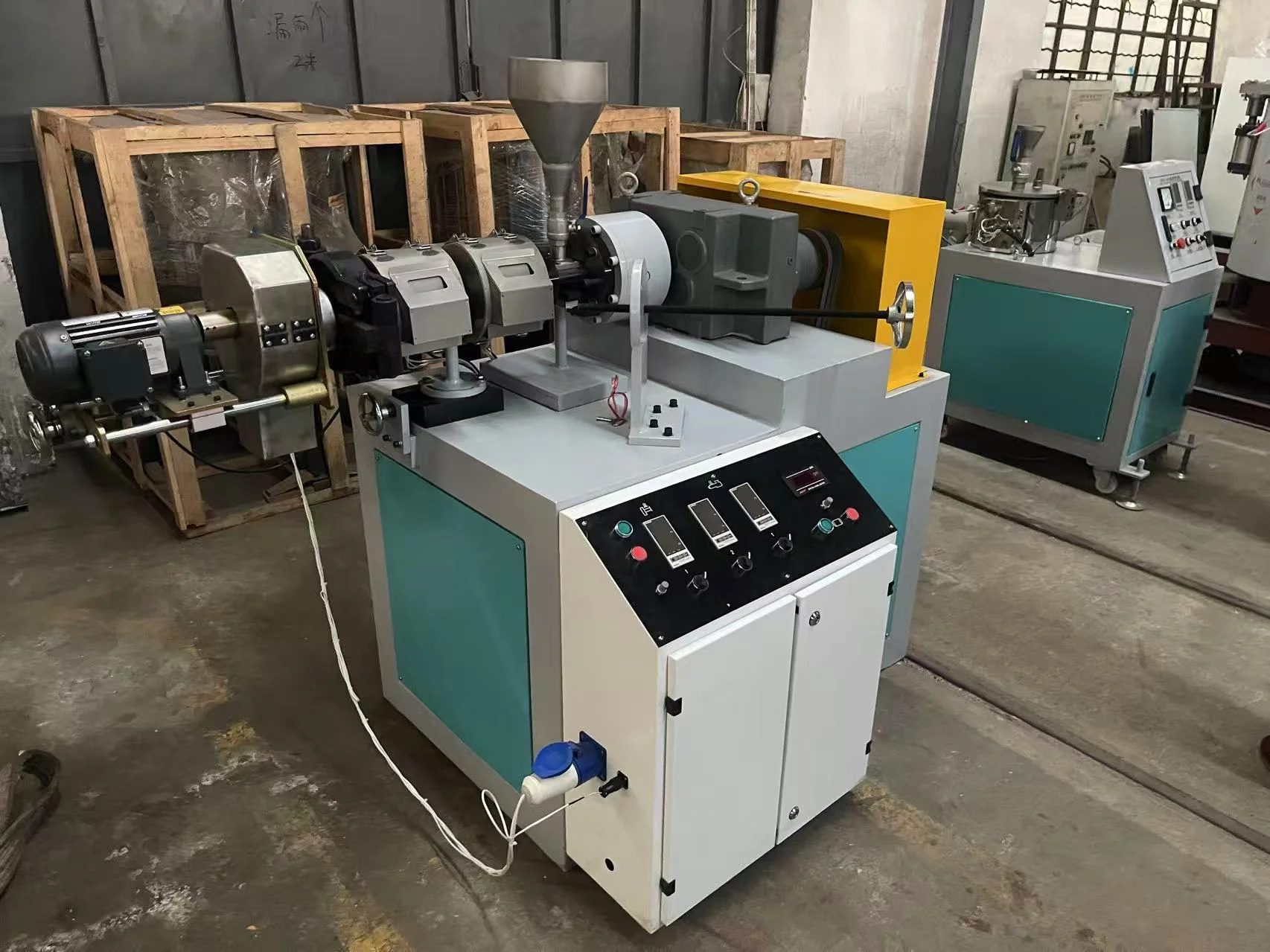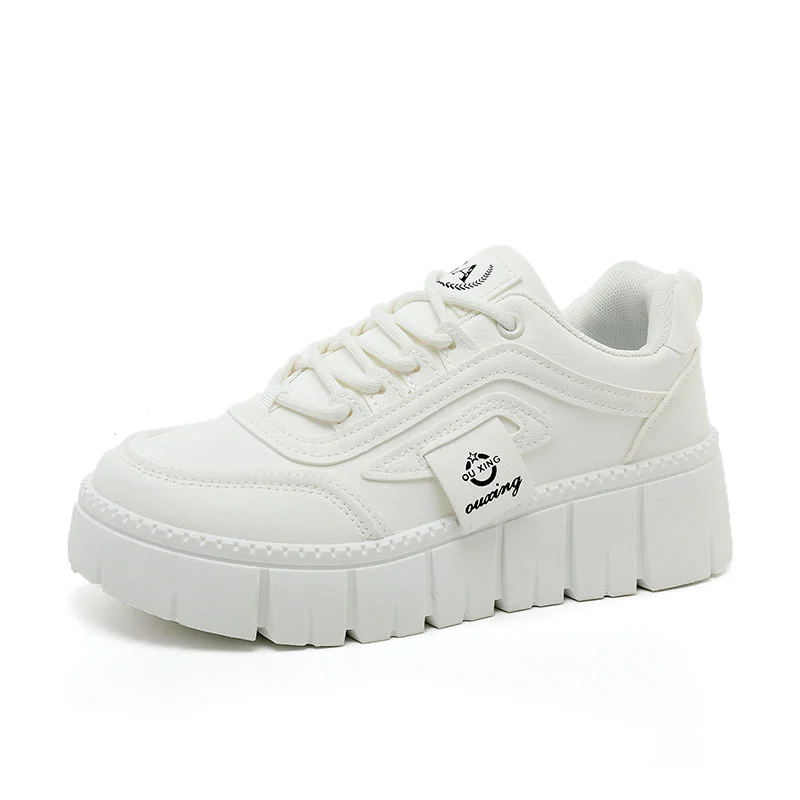As the temperature rises, the quest for the perfect dress shirt becomes paramount for those who wish to maintain both style and comfort. The right fabric can make all the difference in how you feel throughout the day, especially in sweltering conditions. In this article, we will explore the best materials for dress shirts designed for hot weather, delving into their properties, benefits, and considerations to help you make an informed choice.
Understanding the Importance of Fabric Choice
When it comes to dress shirts, the fabric is not merely a matter of aesthetics; it plays a crucial role in breathability, moisture-wicking capabilities, and overall comfort. In hot weather, the ideal shirt should allow air circulation, wick away sweat, and dry quickly to prevent discomfort. Let’s examine some of the top materials that excel in these areas.
- Cotton: The Classic Choice
Cotton is often regarded as the gold standard for dress shirts, and for good reason. This natural fiber is breathable and soft, making it comfortable against the skin. However, not all cotton is created equal.
- Poplin Cotton: Lightweight and smooth, poplin cotton is an excellent choice for hot weather. Its tight weave allows for airflow while maintaining a crisp appearance, making it suitable for both formal and casual settings.
- Linen Cotton Blends: Combining cotton with linen enhances breathability while reducing the wrinkling that pure linen is known for. This blend offers a relaxed yet polished look, perfect for summer events.
- Linen: The Ultimate Summer Fabric
Linen is often hailed as the ultimate fabric for hot weather due to its exceptional breathability and moisture-wicking properties. Made from the flax plant, linen fibers are thicker and more textured than cotton, allowing for increased airflow.
- Advantages: Linen shirts dry quickly and can absorb moisture without feeling damp, making them ideal for humid climates. The natural fibers also have a unique ability to keep you cool, as they do not cling to the skin.
- Considerations: While linen is fantastic for breathability, it is prone to wrinkling. For those who prioritize a crisp look, consider linen-cotton blends or linen shirts with a more structured design.
- Performance Fabrics: The Modern Solution
In recent years, performance fabrics have gained popularity in the realm of dress shirts. These synthetic materials are engineered to provide superior moisture-wicking and quick-drying capabilities.
- Polyester and Nylon Blends: These fabrics are lightweight and often treated with moisture-wicking technology, making them ideal for hot weather. They can also be designed to mimic the look and feel of traditional cotton shirts, offering a stylish yet functional option.
- Merino Wool: Surprisingly, lightweight merino wool can be an excellent choice for hot weather. It regulates body temperature, wicks moisture, and resists odors, making it suitable for all-day wear.
- Bamboo Fabric: The Eco-Friendly Alternative
Bamboo fabric is gaining traction as a sustainable option for dress shirts. It is naturally breathable, moisture-wicking, and has antibacterial properties, making it an excellent choice for hot weather.
- Benefits: Bamboo is soft and has a luxurious feel, often compared to silk. It also provides UV protection, which is an added advantage for outdoor events.
- Considerations: While bamboo fabric is comfortable and eco-friendly, it may not be as widely available as cotton or linen, so finding the right style might require some searching.
Making the Right Choice
When selecting the best material for dress shirts in hot weather, consider the following factors:
- Climate: The humidity and temperature of your environment will influence your choice. For humid climates, prioritize moisture-wicking and breathable fabrics.
- Occasion: The formality of the event will dictate the style of the shirt. For formal occasions, opt for crisp cotton or linen blends, while casual outings may allow for more relaxed fabrics.
- Personal Preference: Ultimately, comfort is key. Choose a fabric that feels good against your skin and aligns with your personal style.
Conclusion
In conclusion, the best material for dress shirts in hot weather is one that balances breathability, moisture management, and comfort. Cotton, linen, performance fabrics, and bamboo each offer unique benefits that cater to different needs and preferences. By understanding the properties of these materials, you can make an informed decision that keeps you looking sharp and feeling cool, no matter how high the mercury rises. Embrace the summer with confidence, knowing that your choice of fabric will enhance your comfort and style.







+ There are no comments
Add yours